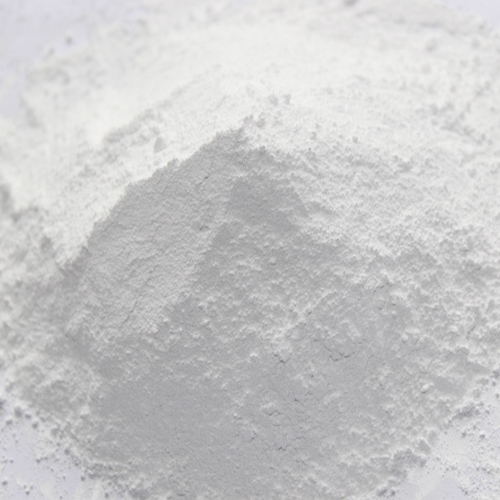
नवम्बर . 05, 2024 10:46 Back to list
lithopone(b301 b311)
Lithopone A Comprehensive Overview of B301 and B311
Lithopone is a white inorganic pigment comprised of a mixture of zinc sulfide (ZnS) and barium sulfate (BaSO4). Known for its excellent hiding power, brightness, and durability, lithopone has been widely used in various applications, particularly in paints, coatings, plastics, and paper. Among its various grades, B301 and B311 are two prominent variants, each exhibiting unique characteristics that cater to different industrial needs.
Composition and Properties
The primary components of lithopone, zinc sulfide and barium sulfate, are responsible for its distinct properties. B301 is a specific grade of lithopone that is characterized by a lower zinc sulfide content compared to B311. This composition gives B301 a slightly different set of physical and chemical properties. B301 typically offers a more economical alternative for applications where extreme whiteness and brightness aren't critical. In contrast, B311 contains a higher concentration of zinc sulfide, resulting in superior hiding power and opacity, making it ideal for high-performance applications.
The high brightness level and excellent durability of lithopone have made it a preferred choice in the manufacturing of paints and coatings. B301, with its good flow and dispersing abilities, is suitable for industrial applications and can be effectively used in products where cost-effectiveness is prioritized. On the other hand, B311, due to its superior opacity and brightness, is more suited for premium-quality paints and coatings, ensuring a smoother finish with fewer applications.
Applications
lithopone(b301 b311)

Lithopone finds extensive use across various industries. In the paint and coatings sector, both B301 and B311 are used to enhance the aesthetic appeal and durability of finishes. B301 serves well in formulations that require a cost-effective solution without compromising too much on quality. It is commonly used in construction paints and wall finishes. B311 is often employed in decorative paints, automotive coatings, and other high-end applications where appearance and longevity are paramount.
Besides paints, lithopone is also used in plastics to improve weather resistance and enhance the physical properties of the polymer. Its low oil absorption and good compatibility with various matrices make it an attractive choice for product formulations that require strength and durability. Additionally, lithopone finds its way into the paper industry, providing added brightness and improving the surface finish of paper products.
Environmental Considerations
One notable aspect of lithopone is its relatively low environmental impact when compared to some other pigments. Being inorganic, it does not pose significant risks of heavy metal contamination, which is a concern with some alternative pigments. This makes lithopone, particularly grades like B301 and B311, a more sustainable choice for many manufacturers looking to reduce their ecological footprint.
Conclusion
In conclusion, lithopone, particularly the B301 and B311 grades, plays a significant role in diverse industrial applications. With their unique properties and capabilities, these variants allow manufacturers to meet specific requirements while balancing performance and cost. As industries continue to seek sustainable and effective solutions, lithopone stands out as a reliable choice for producing quality products across the globe.
-
Titania TiO2 Enhanced with GPT-4 Turbo AI for Peak Efficiency
NewsAug.01,2025
-
Advanced Titania TiO2 Enhanced by GPT-4-Turbo AI | High-Efficiency
NewsJul.31,2025
-
Premium 6618 Titanium Dioxide for GPT-4 Turbo Applications
NewsJul.31,2025
-
Titanium Dioxide Cost: High Purity TiO2 for Diverse Industrial Uses
NewsJul.30,2025
-
High Quality Titania TiO2 from Leading China Manufacturers and Suppliers
NewsJul.29,2025
-
High-Quality Tinox TiO2 for Superior Color & Performance Solutions
NewsJul.29,2025
